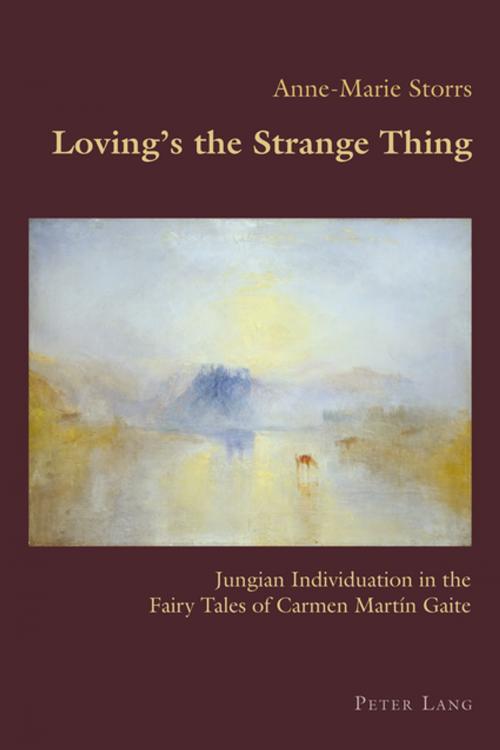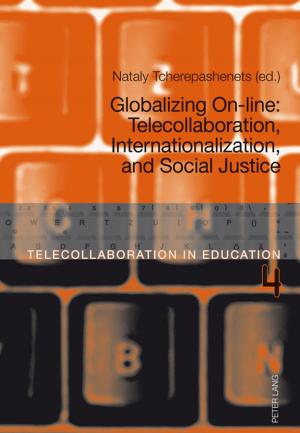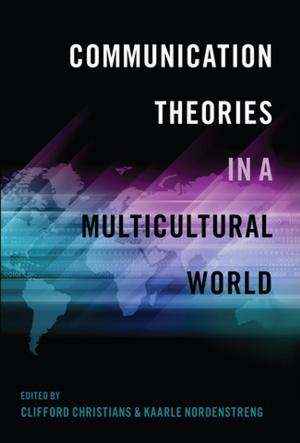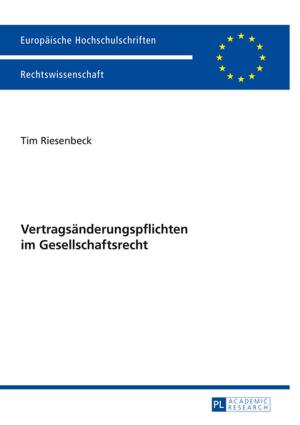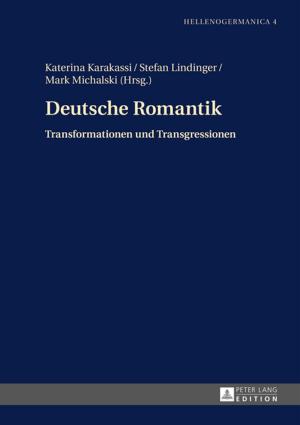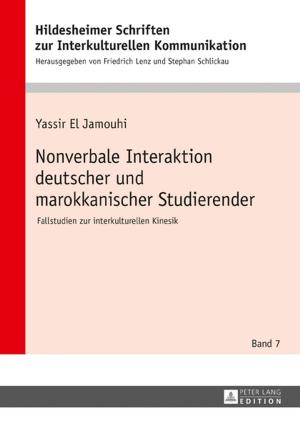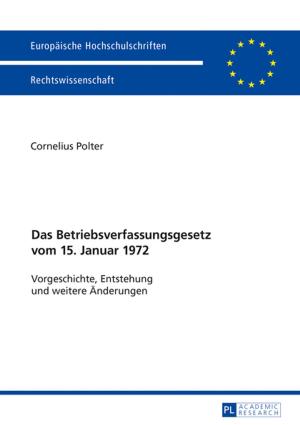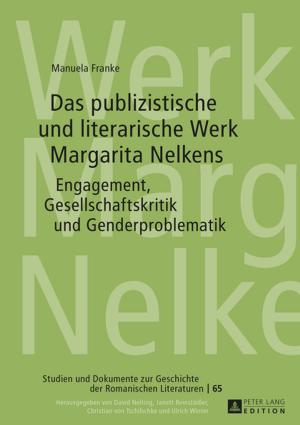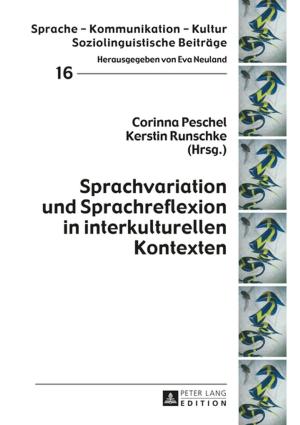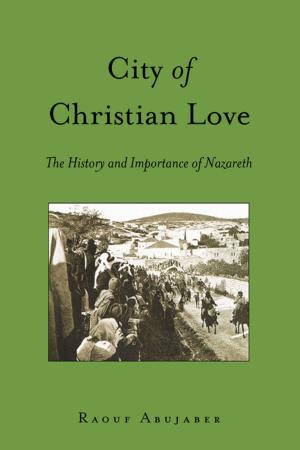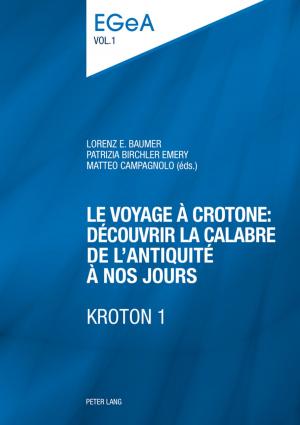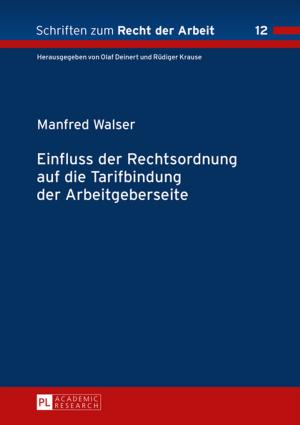Lovings the Strange Thing
Jungian Individuation in the Fairy Tales of Carmen Martín Gaite
Fiction & Literature, Literary Theory & Criticism, French, British, American| Author: | Anne-Marie Storrs | ISBN: | 9781787078468 |
| Publisher: | Peter Lang | Publication: | December 4, 2017 |
| Imprint: | Peter Lang Ltd, International Academic Publishers | Language: | English |
| Author: | Anne-Marie Storrs |
| ISBN: | 9781787078468 |
| Publisher: | Peter Lang |
| Publication: | December 4, 2017 |
| Imprint: | Peter Lang Ltd, International Academic Publishers |
| Language: | English |
This groundbreaking volume argues that Carmen Martín Gaite and Carl Jung form an ideal combination. All the main features of the Jungian individuation process are present in the Spanish writer’s fairy tales: dreams, shadow figures, wise men and women, the Self, anima and animus. Martín Gaite has been described by the critic Salustiano Martín as trying to offer human beings a different way. In this accessible new study, Anne-Marie Storrs claims that this way is found through the process of individuation – the psychological development of a unique individual – and that aspects of the process are imaginatively depicted in the three shorter fairy tales, El castillo de las tres murallas, El pastel del diablo and Caperucita en Manhattan, and in the novel so closely linked with Hans Christian Andersen’s tale, La reina de las nieves.
Drawing on the work of Jungian writers to clarify and illuminate its argument, this book takes an entirely new perspective on Martín Gaite’s work and, in doing so, challenges the prejudice and suspicion that too many in the humanities and beyond continue to experience when they come face to face with Jung.
This groundbreaking volume argues that Carmen Martín Gaite and Carl Jung form an ideal combination. All the main features of the Jungian individuation process are present in the Spanish writer’s fairy tales: dreams, shadow figures, wise men and women, the Self, anima and animus. Martín Gaite has been described by the critic Salustiano Martín as trying to offer human beings a different way. In this accessible new study, Anne-Marie Storrs claims that this way is found through the process of individuation – the psychological development of a unique individual – and that aspects of the process are imaginatively depicted in the three shorter fairy tales, El castillo de las tres murallas, El pastel del diablo and Caperucita en Manhattan, and in the novel so closely linked with Hans Christian Andersen’s tale, La reina de las nieves.
Drawing on the work of Jungian writers to clarify and illuminate its argument, this book takes an entirely new perspective on Martín Gaite’s work and, in doing so, challenges the prejudice and suspicion that too many in the humanities and beyond continue to experience when they come face to face with Jung.
